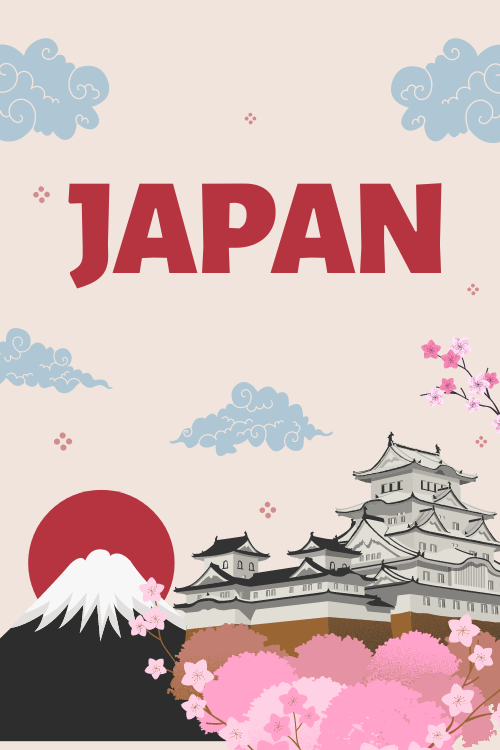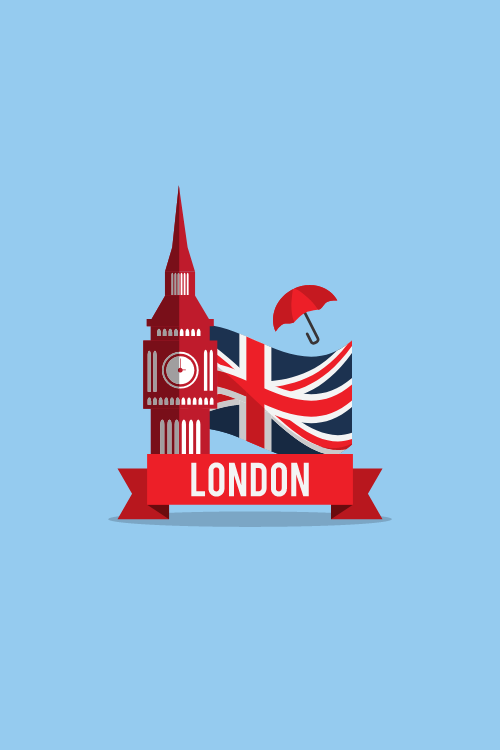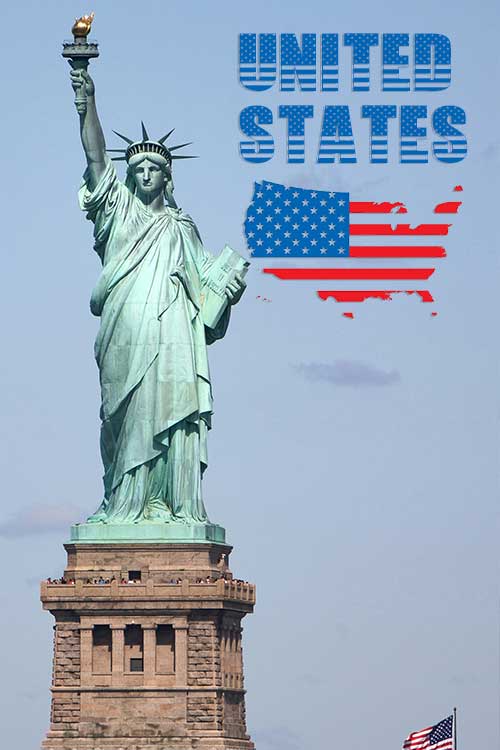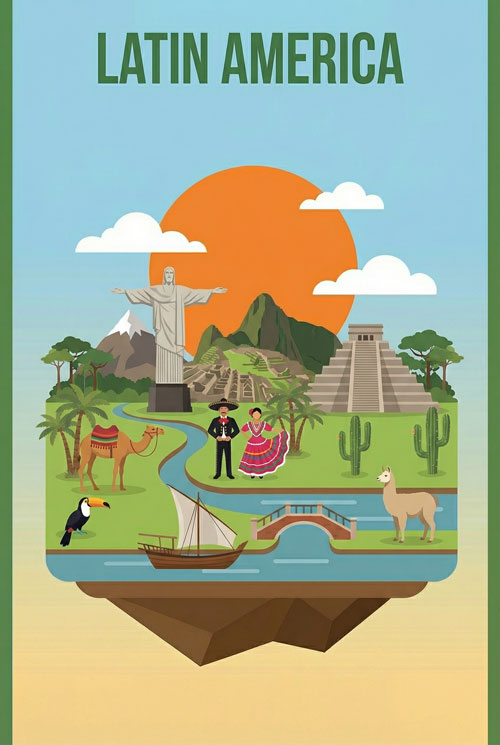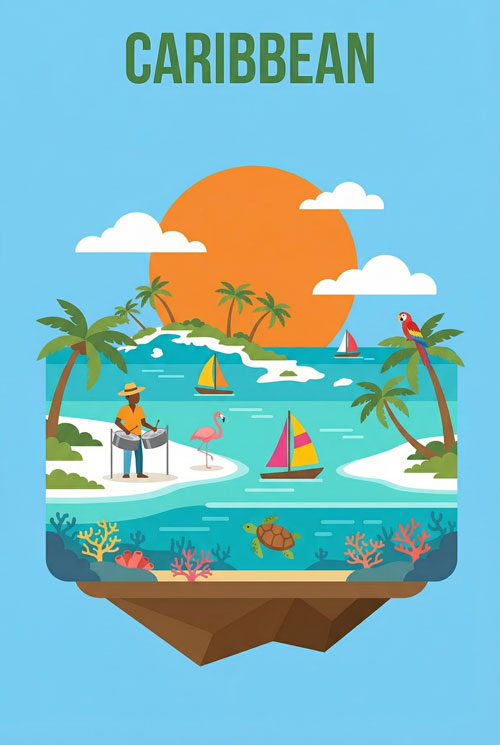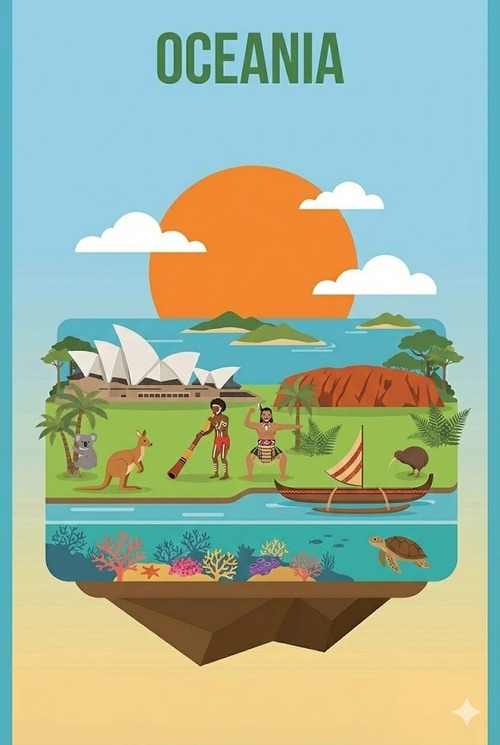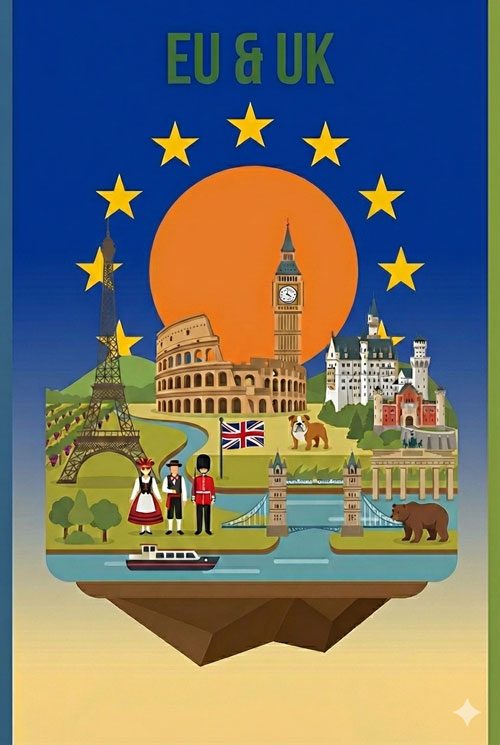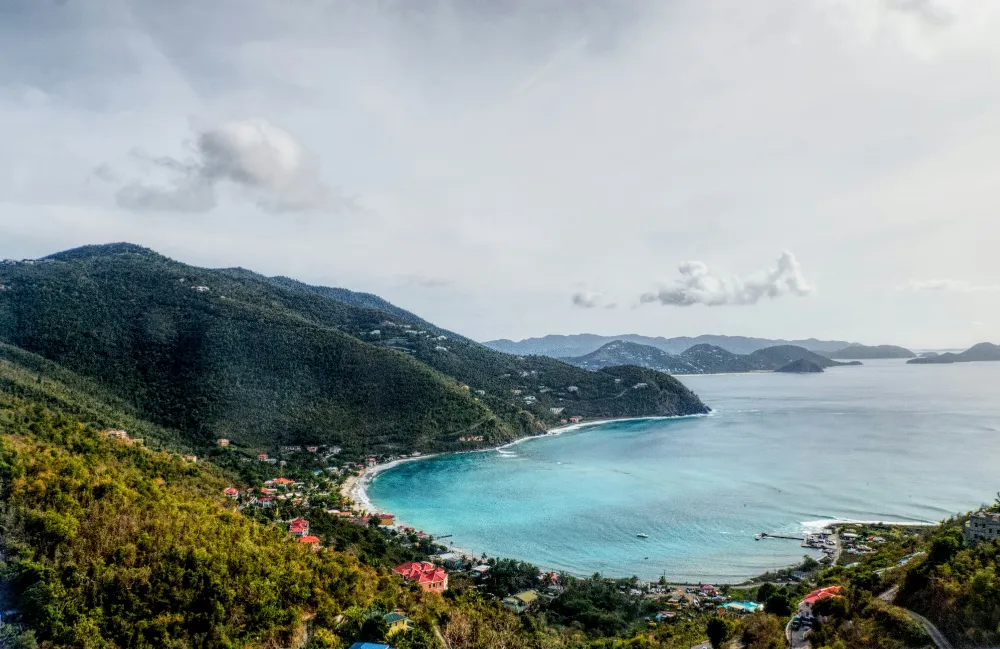Best Time To Visit
Best Time to Visit Virgin Islands: Everything You Need To Know
So, when is the absolute best time to visit the Virgin Islands? Honestly, the simplest answer is: it depends entirely on what makes a trip “best” for you. These stunning islands offer sunshine year-round, but your ideal timing hinges on your priorities – whether that’s perfect weather, saving money, avoiding crowds, catching festivals, or enjoying specific activities.
The Virgin Islands are split into two main groups: the U.S. Virgin Islands (USVI) and the British Virgin Islands (BVI). They’re close neighbors but offer different vibes and have slightly different rules. We’ll explore both so you can pick your perfect paradise. Think of this guide as your friendly advisor, helping you match your travel dreams with the right time to visit.
Ready to find your perfect window for island bliss? Let’s explore.
Find Your Perfect Season: What Matters Most to You?
Instead of just one “best” time, think about what you want most from your vacation. This will point you to the ideal months.
Crave Perfect Weather? Aim for Winter & Spring
If your dream involves endless sunshine, gentle breezes, and minimal rain, December through April is often considered peak season for weather. Temperatures hover comfortably in the mid-80s°F (around 29°C) during the day, and humidity is lower. The water is usually calm and crystal clear, making it fantastic for swimming, snorkeling, and just soaking up the sun on those postcard-perfect beaches. February and March, in particular, are often highlighted as having the driest, most pleasant conditions. You really can’t beat the weather during this time.
Traveling on a Budget? Look at Late Spring & Fall
Want that Caribbean magic without the peak season price tag? Mid-April through June, and again in November, often bring lower prices for flights and places to stay. The weather is still generally great, especially in late spring before the summer humidity fully sets in. November marks the tail end of the rainy season but before the big holiday crowds arrive. Visiting during these “shoulder seasons” means you can enjoy beautiful islands with more money left in your pocket. You’ll find great deals and a more relaxed atmosphere.
Need to Escape the Crowds? Consider the Off-Season
If your idea of paradise involves quiet beaches and feeling like you have the place to yourself, the summer and early fall months (roughly June through October) see the fewest visitors. This is the “low season.” You’ll enjoy a much more laid-back vibe and find it easier to get restaurant reservations or book excursions. Be aware, this period overlaps with the Atlantic hurricane season (officially June 1st to November 30th). While direct hits aren’t constant, there’s a higher chance of rain showers (often short-lived) and increased humidity. September and October typically see the highest risk of storms. But for solitude seekers, the peace and quiet can be a huge plus.
This “Invisible” SIM Card is Saving Ordinary Travellers Hundreds on International Trips
You see those travelers glide through airport arrivals – calm, internet connected, already booking their ride-share while others are frantically searching for Wi-Fi or queuing at chaotic phone kiosks…
What’s their secret?
When you travel overseas you’re either paying insanely high data-roaming fees from your home carrier or frantically hunting down some local SIM card kiosk the second you land, wasting precious vacation time just trying to get your phone working.
One leaves you with a bill that leaves a sour taste in your mouth after a great trip. The other eats into your actual holiday, causing stress and hassle when you should be exploring.
But what if I told you that ordinary travelers just like you have figured out a way to completely bypass this frustrating experience?
They’re using something most travelers don’t even know exists… a kind of “invisible” SIM card technology that you likely already have on your phone right now.
And it’s allowing them to tap into super-cheap, high-speed data anywhere in the world… without swapping cards, without visiting a store, and without getting ripped off.
It’s called an eSIM.
And eSIM4.com makes getting one simple.
Here’s how it works:
- Step 1: Go to eSIM4.com.
- Step 2: You pick your destination, choose a data plan.
- Step 3: We send you a simple QR code. You scan it with your phone’s camera.
Your new travel SIM is installed in under 3 minutes!
The moment your plane’s wheels hit the tarmac overseas? Your phone instantly connects to a fast, local network.
No queues. No fumbling with tiny plastic chips. No nasty bill shock.
Just seamless, affordable data letting you use Google Maps, WhatsApp, Uber, Instagram… whatever you need… right away.
This is how travel is supposed to work. And it’s saving people like you hundreds of dollars on a single trip.
Stop letting the big phone companies treat your travel budget like their personal ATM. Stop wasting your valuable vacation time being disconnected or stressed.
Join the smart travelers who’ve already made the switch.
CLICK HERE TO GET STARTEDLove Festivals and Culture? Check the Calendar!
The Virgin Islands know how to celebrate! Timing your visit around a festival offers an incredible cultural experience.
- Carnival: This is the big one! St. Thomas usually holds its vibrant Carnival parades, music, and food fairs around April or May. St. John’s Celebration mixes Emancipation Day commemoration with Fourth of July festivities, peaking in early July. St. Croix hosts the Crucian Christmas Festival, a unique carnival lasting from December through early January. These events are full of energy, color, and local flavor.
- Sailing Regattas: If you love boats, the BVI Spring Regatta (usually late March/early April) is world-famous. St. Thomas and St. Croix also host international regattas, often around March/April.
- Other Events: Look out for smaller events like St. Croix’s “Jump Up” street parties (multiple times a year), food festivals like Mango Melee (St. Croix, July), and festive boat parades around Christmas. Visiting during a festival means more crowds and potentially higher prices, but the experience is unforgettable.
Planning Specific Activities? Match the Conditions
Your favorite activities might thrive in particular seasons.
- Sailing: The BVI is legendary for sailing. Peak season (Dec-Apr) offers steady trade winds, but shoulder seasons can be lovely too. Summer might bring lighter winds unless a storm system is nearby.
- Diving & Snorkeling: Water clarity is often best during the drier months (December to April). Summer and fall can sometimes bring choppier seas or reduced visibility, especially if storms pass through. However, the water is warm year-round!
- Hiking: Cooler, drier months (Winter/Spring) are generally more comfortable for hitting the trails, especially in places like Virgin Islands National Park on St. John. Summer humidity can make hiking more strenuous.
Seeking Balanced Value? Target the Shoulder Seasons
For many travelers, the sweet spot is mid-April to June. Peak season crowds have thinned, prices start dropping, the weather is still mostly dry and warm, and the main hurricane risk hasn’t arrived yet. You get a great mix of good conditions and better value. November offers similar benefits as the islands green up after summer rains, but just before the holiday rush. These periods offer a wonderful balance.
USVI or BVI? Choosing Your Island Vibe
While geographically close, the U.S. Virgin Islands and British Virgin Islands have distinct personalities. Knowing the difference helps you pick the right destination before you decide when to go.
U.S. Virgin Islands (USVI): Easy Access & Variety
- Main Islands: St. Thomas, St. John, St. Croix.
- Vibe: More developed, especially St. Thomas, with lots of resorts, shopping, restaurants, and nightlife. St. John is famed for its National Park covering much of the island, offering incredible nature and beaches. St. Croix has a rich history, diverse landscapes, and a strong culinary scene. Generally more bustling than the BVI.
- Accessibility: Easier for U.S. citizens – no passport required! More direct flights from the U.S. mainland, primarily into St. Thomas (STT) and St. Croix (STX).
- Cost: Generally considered slightly more budget-friendly than the BVI, with a wider range of accommodation types.
- Currency: U.S. Dollar.
- Best For: Travelers seeking convenience, variety, duty-free shopping (St. Thomas), stunning national parks (St. John), historical exploration (St. Croix), and those who prefer easier travel logistics from the U.S.
British Virgin Islands (BVI): Sailing Paradise & Exclusivity
- Main Islands: Tortola, Virgin Gorda, Jost Van Dyke, Anegada (plus many smaller islands).
- Vibe: More laid-back, quieter, and focused on boating and natural beauty. Known as a world-class sailing destination. Less commercial development, fewer large cruise ships (preserving a more exclusive feel). Think stunning beaches, unique geological formations (The Baths on Virgin Gorda), and famous beach bars (Soggy Dollar on Jost Van Dyke).
- Accessibility: Requires a passport for all visitors, including U.S. citizens. Getting there often involves flying into St. Thomas (USVI) and taking a ferry, or flying into Tortola (EIS) via connections through other Caribbean hubs like San Juan or Antigua.
- Cost: Tends to be more expensive than the USVI, leaning towards luxury accommodations, private villas, and yacht charters.
- Currency: U.S. Dollar (despite being British territory).
- Best For: Sailing enthusiasts, yacht charters, travelers seeking seclusion and tranquility, luxury seekers, and those wanting a more “off-the-beaten-path” (though still upscale) experience.
You can travel between the USVI and BVI via ferry or small planes, but remember you’ll need your passport for border crossings.
A Closer Look: Weather & Seasons Month-by-Month
Let’s break down the year so you know what to expect:
- December – March (High Season): This is prime time. Expect sunshine, temps in the low-to-mid 80s°F (around 27-29°C), lower humidity, and minimal rain. It’s the busiest period, so book flights and accommodation well in advance. Prices are highest. Ideal for escaping winter cold.
- April – June (Shoulder Season): Weather remains beautiful, very similar to winter but perhaps a touch warmer and slightly more chance of a brief shower as May/June approach. Crowds start to lessen, and prices become more attractive. A fantastic time for overall value. St. Thomas Carnival often happens now.
- July – August (Low Season / Start of Hurricane Risk): Temperatures climb towards 90°F (32°C), and humidity noticeably increases. Expect sunshine mixed with occasional, usually short, rain showers. Crowds are thin, and prices are lower. The hurricane risk begins, though major storms are statistically less likely than later in the season. Great for budget travelers who don’t mind the heat.
- September – October (Peak Hurricane Season / Low Season): These are the highest-risk months for hurricanes. It’s also typically the rainiest and most humid time. Many visitors avoid this period, leading to the lowest prices and fewest crowds. Some hotels or restaurants might close for annual maintenance. Travel insurance is highly recommended if visiting now. If you get lucky with weather, you’ll find incredible deals and solitude.
- November (Shoulder Season): Hurricane season officially ends Nov 30th. Rain chances decrease, humidity drops slightly, and temperatures remain warm (mid-to-upper 80s°F / around 30-31°C). The islands are lush and green after the summer rains. It’s a great time to visit before the holiday rush begins, offering good value and pleasant conditions.
Remember, weather is never guaranteed, but this gives you a general idea!
Essential Travel Tips: Know Before You Go
A little planning makes your island trip smoother.
- Entry Requirements: U.S. citizens do not need a passport for the USVI, but you absolutely need one for the BVI. Always check current requirements for your nationality before traveling. Having a passport is always a good idea, even for USVI travel, in case you decide on a spontaneous BVI day trip.
- Currency: Easy peasy – both the USVI and BVI use the U.S. Dollar. ATMs are available, and credit cards are widely accepted, but having some cash is useful for smaller vendors or taxis.
- Driving: This is important: Driving is on the LEFT side of the road in both the USVI and BVI! However, most rental cars are standard American left-hand drive vehicles. It takes some getting used to – go slow, stay alert, and remember “Keep Left!” Roads can be narrow, winding, and sometimes steep, especially on St. John. Honking is often used as a friendly “thank you” or “hello,” not just out of anger. Watch out for potholes and occasional stops from other drivers.
- Sun Protection is Crucial (and Regulated!): The Caribbean sun is strong year-round. But in the USVI, protecting the reefs is also the law. Only non-nano mineral-based sunscreens containing Zinc Oxide and/or Titanium Dioxide are allowed. Sunscreens with the “Toxic 3 Os” (Oxybenzone, Octinoxate, and Octocrylene) are banned because they harm coral reefs. Always check the ingredients label! Rash guards and hats are great alternatives too. Protect your skin and the beautiful underwater world.
- Staying Connected: You’ll likely want data for maps, sharing photos, or looking up info. Your home carrier might offer roaming, but it can be expensive. Getting a local physical SIM card is an option upon arrival, but it means finding a store and swapping cards. A more modern and often convenient solution is using an eSIM (embedded SIM). If your phone is compatible (most newer smartphones are), you can buy a data plan online before you leave and activate it digitally as soon as you land. Companies like eSIM4 offer affordable data plans for travelers in over 200 countries, including the Virgin Islands. You can purchase a plan online at https://www.esim4.com/, receive a QR code or setup link via email, and install it easily. It often auto-connects on arrival, giving you instant data access without the hassle of a physical SIM.
- eSIM vs. Physical SIM: eSIMs offer convenience (no physical swap), the ability to store multiple plans, and are arguably more secure (can’t be physically stolen). Physical SIMs have wider device compatibility (work in older phones) and can sometimes be easily transferred between devices. For travel, eSIMs shine with their ease of setup for international plans. Check if your phone is unlocked and eSIM compatible before choosing.
When Might You Want to Reconsider?
While there’s no truly “bad” time, certain periods have drawbacks depending on your preferences:
- Peak Hurricane Season (September & October): If the possibility of a major storm disrupting your trip causes too much stress, avoid these months. While direct hits aren’t guaranteed, the risk is highest.
- Peak Season (Christmas to Easter): If you dislike crowds or high prices, this busy period might feel overwhelming. Beaches, restaurants, and attractions will be at their most popular.
- High Heat & Humidity (July – September): If you’re very sensitive to heat and humidity, the peak summer months might feel less comfortable, especially for active pursuits like hiking.
Your Perfect Virgin Islands Trip Awaits
So, the “best time” truly is in your hands.
Want postcard-perfect weather and don’t mind paying more? Aim for December to April. Looking for great value with lovely weather? Mid-April to June or November are fantastic choices. Need budget options and prefer solitude, accepting some weather risk? Look at July through October (with precautions). Love culture and energy? Plan around Carnival or other major festivals.
Think about your budget, your tolerance for crowds, your weather preferences, and what you dream of doing. Whether you choose the convenient USVI or the sailing haven of the BVI, timing your visit right ensures your Caribbean adventure is everything you hoped for.

